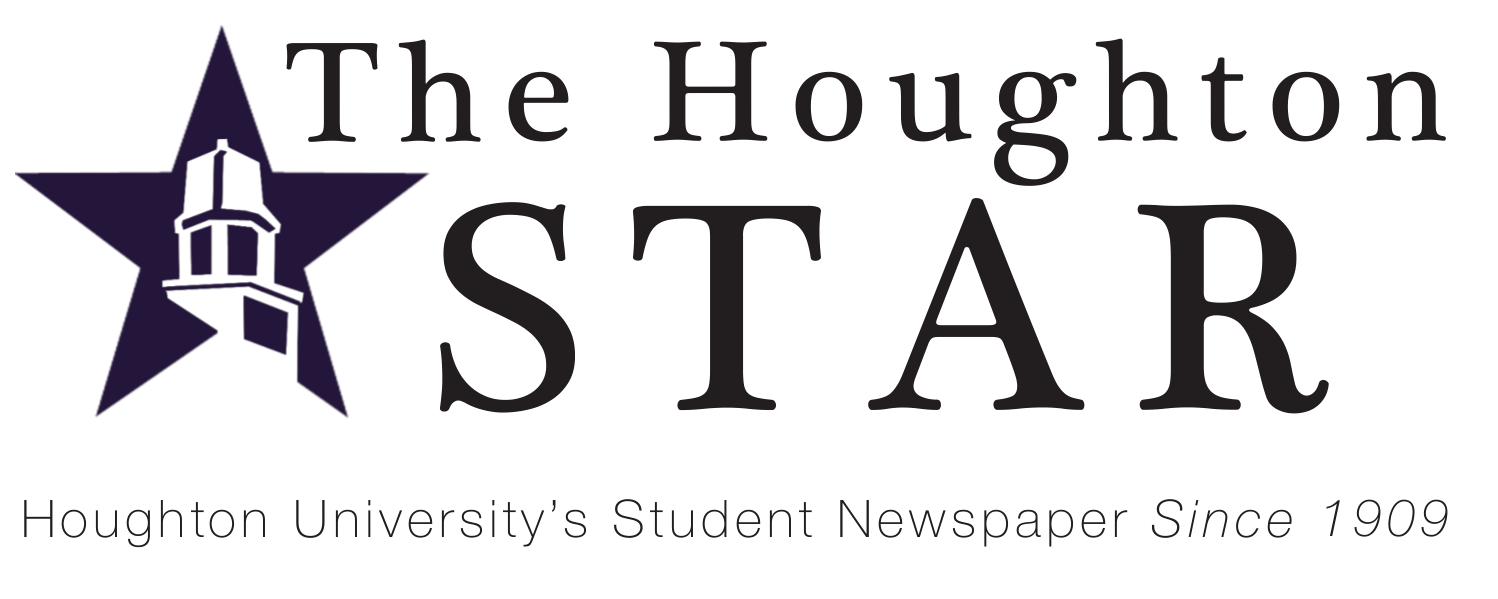Category: News
September 14, 2013
News
Sodexo Opens New Coffee Shop; Java 101 Closes
One of several changes actualized on campus over the summer involved a change in ownership of Houghton’s frequented coffeehouse Java…
September 14, 2013
News
Finally an Agreement on Syria?
Hopes are rising as possible breakthroughs are underway in the deadlock gripping world powers concerning the Syrian civil war. This…
September 14, 2013
News
Field of Solar Panels: Houghton to Install Green Technology
Houghton College plans to build an 11-acre solar panel installation in the Field of Dreams. The panels will reduce the…
September 14, 2013
News
New Faculty Hired
A week into the fall semester, new faces are everywhere—including amongst faculty. Departments across campus had hired or wanted to…
September 06, 2013
News
New Dean of Extension Services
In hopes of expanding Houghton’s education opportunities, Scott McClelland has been hired as Dean of Extension Studies. McClelland will have…
April 27, 2013
News
Appointment of Dean Michael Jordan is “Slam Dunk” for College
After serving as Interim Dean of Chapel for the past semester, Dr. Michael Jordan has decided to accept the position…
April 27, 2013
News
Seniors Bid Farewell
The end of the semester is fast approaching, culminating on Saturday, May 11th with the Commencement of Houghton’s class of…
April 27, 2013
News
Science Honors Launches Balloons
After a year of hard work and long coffee-fueled nights, the 14 students that make up Science Honors have launched…
April 27, 2013
News
Houghton College Equestrian Show Hosts Spring Shows
On April 20, the Houghton College Equestrian Center hosted its annual Western New York Dressage Association’s Challenge Series Show. This…
April 27, 2013
News
Kerr-Pegula Update
On Tuesday morning, faculty and staff members met for an update on the Kerr-Pegula Project. Dave Smith, Vice President for…
